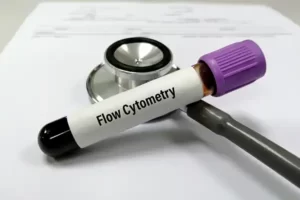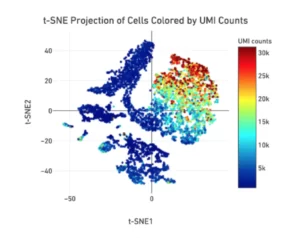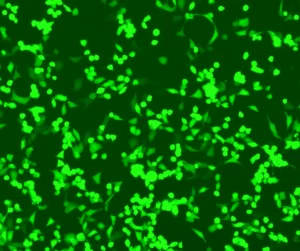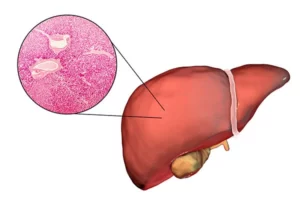The LevitasBio magnetic levitation technology for cellular analysis is based in part on remarkable scientific advances from academia. One of the earliest reports on the approach came from researchers at Stanford University and Harvard Medical School.
Their publication, “Magnetic levitation of single cells,” came out in Proceedings of the National Academy of Sciences in 2015. Lead author Naside Gozde Durmus, senior author Utkan Demirci, and collaborators describe extensive validation of the unique magnetic and density signatures of cell types and states. “We demonstrate that each cell type (i.e., cancer, blood, bacteria, and yeast) has a characteristic levitation profile, which we distinguish at an unprecedented resolution of 1 × 10−4 g·mL−1,” the authors write. “Furthermore, we demonstrate that changes in cellular density and levitation profiles can be monitored in real time at single-cell resolution, allowing quantification of heterogeneous temporal responses of each cell to environmental stressors.”
In the paper, the scientists report finding distinct levitation signatures for cells from esophageal adenocarcinoma, colorectal carcinoma and adenocarcinoma, breast adenocarcinoma, and non-small cell lung adenocarcinoma cell lines. They also found heterogeneity within cell populations, revealing more differences than previously anticipated among homogeneous groups of cells. In addition, they analyzed dynamic changes in cells based on response to environmental stressors, recreated in these experiments with changes in pH level.
The team accomplished this work using a cell densitometry platform consisting of magnets mounted on either side of a capillary channel, with tilted side mirrors to facilitate the measurement of cell levitation height with a microscope. The application of a magnetic field caused cells to levitate, with distinct bands for specific cell types. “Each cell has its own characteristic levitation and density profile that can be detected without using biomarkers, antibodies, or tags,” the authors note.
“These data establish density as a powerful biomarker for investigating living systems and their responses,” Durmus et al. write. “Our method enables rapid, density-based imaging and profiling of single cells with intriguing applications, such as label-free identification and monitoring of heterogeneous biological changes under various physiological conditions, including antibiotic or cancer treatment in personalized medicine.”







